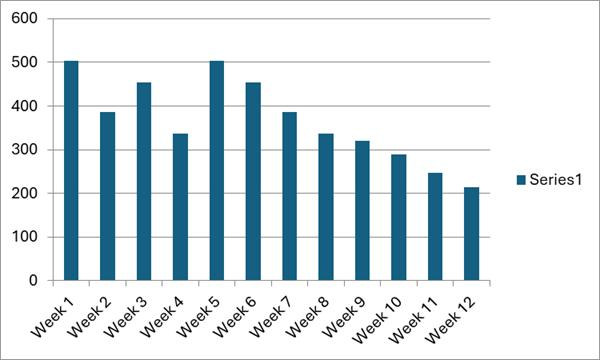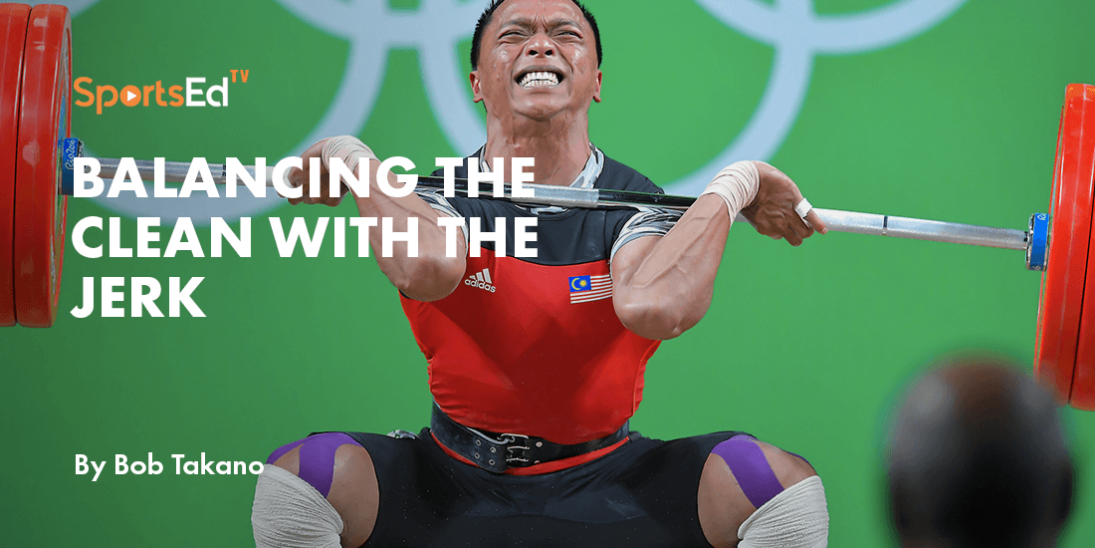Weightlifting
Welcome and thanks for visiting...

Weightlifting Periodization Explained: How Volume Drives Results

Why Revisit Periodization Principles?
The turnover of participants in the sport is ongoing so it is occasionally appropriate to review the principles of proper programming and training. I get the impression that a significant number of lifters and coaches are not always fluent in the physiological effects of proper program design. If you fall into this category, allow me to briefly cover some of the general principles of programming.
Structure of the Macrocycle
A complete training macrocycle is composed of one or more preparation mesocycles (months), and a single pre-competition mesocycle. The function of the preparation mesocycles is to stress the endocrine glands beyond their capacity to recover. The function of the pre-competition mesocycle is to enable the endocrines to overrecover and to improve bar speed.
The Role of Volume in Training
The volume (total number of reps) for reps within the 60%-100% range for all classic lifts, power snatches and power cleans, overhead movements, squats, pulls and deadlifts is the primary variable. During the preparation mesocycle, the volume will be higher and during the pre-competition mesocycle, the volume will drop but the average intensity will increase.
Weekly Repetition Chart: Preparation and Pre-Competition Phases
The following figures represent the number of repetitions programmed in these lifts on a weekly basis. The first preparation mesocycle is Weeks (microcycles) 1–4, and the second preparation mesocycle is Weeks 5–8:
| Week | Repetitions |
|---|---|
| Week 1 | 504 |
| Week 2 | 386 |
| Week 3 | 453 |
| Week 4 | 336 |
| Week 5 | 504 |
| Week 6 | 453 |
| Week 7 | 386 |
| Week 8 | 336 |
| Week 9 | 321 |
| Week 10 | 289 |
| Week 11 | 247 |
| Week 12 | 214 |
The pre-competition mesocycle is Weeks 9–12. The competition takes place at the conclusion of Week 12. This can be more graphically depicted by the following chart. The Y axis represents the number of reps, while the X axis indicates the weeks.

Volume Template for a National-Level Lifter
This is a typical representation of the programming of training volume for a national level weightlifter planning on a personal record total in the culminating competition providing the athlete is competition proficient.
Programming Details Beyond Volume
With this type of volume template in place, the task for the coach is to determine which lifts and exercises to program, the frequency of inclusion and both the average relative intensity and the average absolute intensity. This attention to detail will be instrumental in enabling the athlete to achieve a well balanced total record.
Weekly Frequency Recommendations for Key Lifts
Snatches and cleans and jerks should be included 3x each week, power snatches and power cleans 2x each week. Back Squats should be programmed twice a week and front squats once a week during the preparation mesocycles. That ratio should be reversed during the pre-competition mesocycle.
Incorporating Heavy Singles and Pull Variations
The number of heavy singles (90%+) in the classic movements should be gradually added as the pre-competition mesocycle progresses.
Pulls of some type should be performed daily during the preparation mesocycles. These pulls may be performed from a range of heights (either from blocks or the hang) during the preparation mesocycle. During the pre-competition mesocycle, all pulls, snatches, power snatches, power cleans, and cleans should be performed from the platform.
Clean and Jerk Programming: Split or Combined?
Cleans and jerks may be separated during preparation. During pre-competition cleans and jerks should be programmed in the same set.
Final Thoughts on Optimal Programming
This general framework serves as a primer for coaches and lifters looking to master volume-based programming. When implemented correctly, this structure can lead to consistent improvements and peak performance at the end of the macrocycle.








